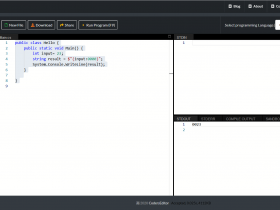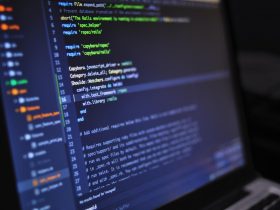10 Ways to Take a Screenshot on MacBook: The Ultimate Guide
Taking a screenshot is a great way to capture what’s on your screen for future reference. Whether you want to save a funny meme, record a tutorial, or share a bug report, screenshots can be helpful in a variety of situations.
In this blog post, we will discuss 10 different ways to take a screenshot in MacBook. We will cover the basics, as well as some more advanced techniques.
10 Ways to Take a Screenshot on MacBook
1. The PrtSc key
The PrtSc key is the most basic way to take a screenshot in MacBook. To use it, simply press the PrtSc key on your keyboard. This will take a screenshot of the entire screen and save it to your clipboard.
To paste the screenshot into another application, such as a word processor or image editor, press Command+V.
2. The Shift+Command+3 keys
The Shift+Command+3 keys will take a screenshot of the entire screen and save it to your desktop as a .png file.
3. The Shift+Command+4 keys
The Shift+Command+4 keys will allow you to take a screenshot of a specific area of your screen. To use this shortcut, hold down the Shift+Command+4 keys and then click and drag your mouse to select the area you want to screenshot. Once you have selected the area, release the mouse button and the screenshot will be saved to your desktop as a .png file.
4. The Touch Bar
If your MacBook has a Touch Bar, you can use it to take screenshots. To do this, simply press and hold the Screenshot button on the Touch Bar. This will open a menu with three options:
- Full Screen: This will take a screenshot of the entire screen.
- Selected Area: This will allow you to take a screenshot of a specific area of your screen.
- Window: This will take a screenshot of the current window.
5. The Screenshot app
MacBook comes with a built-in screenshot app that you can use to take screenshots. To open the Screenshot app, click on the Launchpad icon in the Dock and then click on the Screenshot icon.
The Screenshot app has a variety of features that allow you to take different types of screenshots. For example, you can use the Screenshot app to take a screenshot of the entire screen, a specific area of the screen, or a specific window. You can also use the Screenshot app to record a screencast.
6. The Snagit app
Snagit is a third-party screenshot app that offers a variety of features that are not available in the built-in Screenshot app. For example, Snagit allows you to take screenshots with annotations, record screencasts, and edit screenshots.
7. The Monosnap app
Monosnap is another third-party screenshot app that offers a variety of features. Monosnap is similar to Snagit, but it is free to use.
8. The Lightshot app
Lightshot is a lightweight screenshot app that is perfect for taking quick screenshots. Lightshot is free to use and it does not require any installation.
9. The ShareX app
ShareX is a powerful screenshot app that offers a variety of features. ShareX is free to use and it is open source.
10. The Skitch app
Skitch is a screenshot app that is developed by Evernote. Skitch is free to use and it offers a variety of features that are designed for collaboration.
These are just 10 of the many ways to take a screenshot in MacBook. Experiment with different methods to find the one that works best for you.



Leave a Review